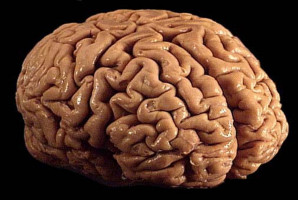
Brain tumours, particularly gliomas, remain challenging to diagnose and treat.
While radiology reports can offer non-invasive insights into tumour size, shape, and progression, with pathology reports providing definitive evidence of cellular and molecular features, the lack of integration between these two information sources often complicates clinical decision-making.
To overcome this, a research team led by Dr. Zhuoqi Ma from the Department of Radiology at Brown University and Brown University Health created a pipeline that employs a pre-trained large language model to unify radiology and pathology reports.
In a sample of 426 patients, the system achieved a micro F1-score of 0.849 for tumour presence and 0.929 for tumour stability, surpassing single-source methods by more than 10%.
“Large language models (LLM) can synthesise information from multiple domains and deliver a more complete picture of tumour status,” shares Ma.
“This not only improves diagnostic accuracy but also allows the model to predict survival outcomes without additional training.”
The team further validated their approach in an independent cohort of glioblastoma patients.
The model’s predictions, particularly those related to tumour stability, significantly distinguished high-risk from low-risk groups (p=0.017), demonstrating prognostic value comparable to well-established biomarkers such as MGMT methylation status.
These findings highlight the potential of LLM-based integration to reduce diagnostic uncertainty and support more personalised treatment strategies in neuro-oncology.
The study, published in the KeAi journal Meta-Radiology, establishes a foundation for future research on multi-source integration in clinical oncology.
“Expanding the approach to include modalities such as MRI imaging and genomic profiles could further enhance predictive power and accelerate progress toward precision cancer care,” adds Ma.
Source: KeAi Communications Co., Ltd.
We are an independent charity and are not backed by a large company or society. We raise every penny ourselves to improve the standards of cancer care through education. You can help us continue our work to address inequalities in cancer care by making a donation.
Any donation, however small, contributes directly towards the costs of creating and sharing free oncology education.
Together we can get better outcomes for patients by tackling global inequalities in access to the results of cancer research.
Thank you for your support.